What Are the Best Flowers and Plants for Attracting Hummingbirds?
It is always nice to see hummingbirds charmingly flitting around the plants and flowers in your garden.
Who wouldn't want to see these small, jewel-like hummers show off their acrobatic flight capabilities?
But of course, just like any other birds, planting the right plants and flowers is the key to attracting these flying creatures.
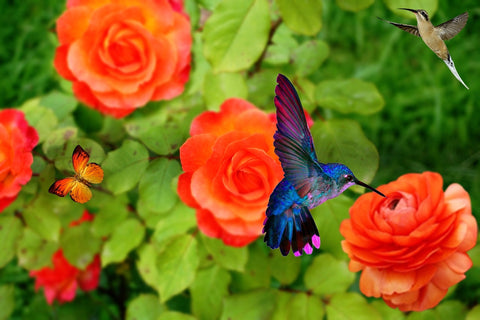
Known to be nectar feeders, hummingbirds look for sugary nectar to keep their wings flapping and their metabolism fast working.
As humans who want to help these little birds, you need to create an ideal backyard habitat for them. Consider these plants and flowers that they love to visit in your garden.
1. Delphinium

Hummingbirds are always attracted to delphinium, which comes in various colors such as pink, white, and different shades of blue.
The name “delphinium” is derived from Greek that means little dolphin. The reference is because of the bottle-like shape of the unopened flowers that resemble the shape of a dolphin’s nose.
Delphinium usually grows in early summer, around mid-June to early July. While these perennials are highly attractive to hummingbirds, they are poisonous to deer. In order to care for these plants, they need staking as stalks tend to snap easily in strong winds.
2. Daylily
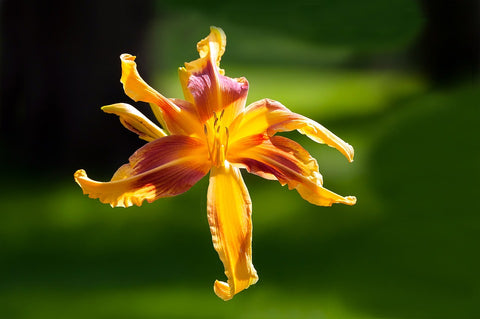
Daylilies are known as a charm for hummingbirds. These birds do not possess a keen sense of smell so they mostly rely on bright colors to search for food. The bright colors and tubular hold of daylilies make them very attractive to hummingbirds.
These perennials bloom all summer and can grow either under full sun or partial shade. Their height can reach from 10 inches to 4 feet and width between 1½ to 4 feet.
Daylilies want to be mulched with shredded bark, leaves, or organic materials to prevent weeds and maintain a moist soil. Although they can grow without any attention, they tend to produce more flowers if they are divided about every five years.
3. Bee Balm
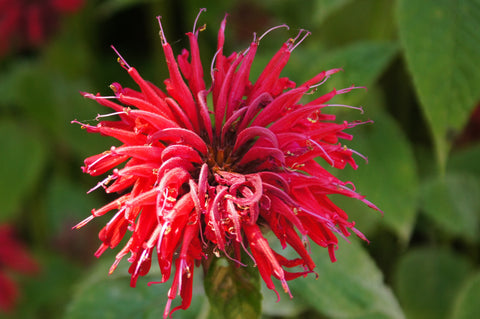
Aside from attracting hummingbirds and butterflies, red bee balm plants also have culinary and medicinal uses. Its flowers, for instance, are used to garnish and flavor salads and other cuisines. It can also be dried to create a spicy-sweet herbal tea.
These plants can also treat skin irritations or rashes and can be made into a balm to cure bee stings.
Red bee balm tends to spread aggressively so it is recommended to divide the plants every few years. Promote re-blooming by deadheading the flowers.
They are also prone to powdery mildew so make sure you give enough room for the air to properly circulate. When affected, trim them back to the ground right away and dispose of it appropriately.
4. Columbine
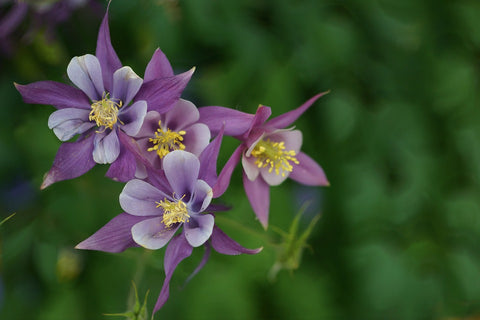
The nectar-filled five-spurred bell-like flowers of columbine blooms in perfect time as hummingbirds return from their winter break.
The columbine has red flowers and their nectar is stored in long tubular portions, which fit perfectly for long-billed visitors like hummingbirds.
But columbine comes in just about any shade, including the famous bicolored blooms. It can survive both under full sun or shade during spring or early summer.
5. Butterfly Bush
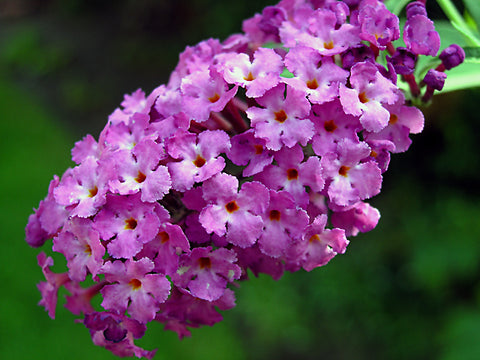
As its name implies, Butterfly Bush attracts butterflies as its flowers emit a perfumery smell. This plant also has a long history with butterfly gardeners.
Although hummingbirds have a poor sense of smell, the high nectar count and the bright-colored spikes that look like lilacs make this plant attractive to hummingbirds.
Butterfly Bush comes in different colors, and they grow in bushes so it can be easily spotted by hummingbirds. This plant demands full sun with well-drained soil. It requires little and simple care such as watering during dry periods and pruning as necessary.
6. Petunia
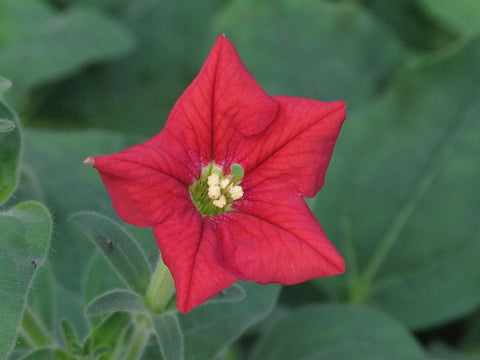
There are different petunia species, but the Petunia exserta is the only petunia pollinated by hummingbirds in the wild. Unlike others, the P. exserta is also the only one that blooms red flowers.
The word “exserta” means pushed forward as both its stamen and stigma emerge from the corolla.
Although this species has just been recently discovered in 1987, it is already considered to be nearly extinct in the wild. In fact, there were only 14 specimens found for this plant during an expedition in 2007.
In spite of its rarity, cultivating this plant is easy. It just needs full sun and a rich, well-drained soil.
7. Gayfeather
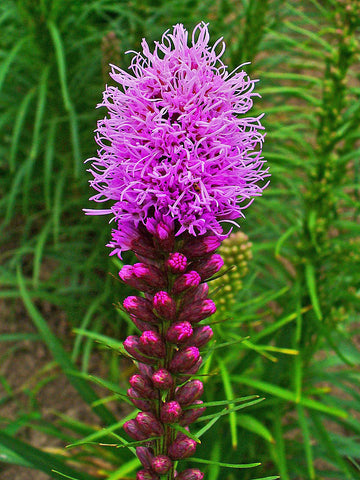
The lush, grassy foliage of gayfeather is very attractive to butterflies and hummingbirds. It flowers top down in shades of purple, rosy red, or white. Also known as Blazing Star, these perennials have a long season of interest, from mid-summer to fall.
This plant thrives in full sun and prefers moist, fertile, and well-drained soils. It does not need a lot of maintenance as it is highly disease-free and drought-tolerant.
8. Cardinal Flower
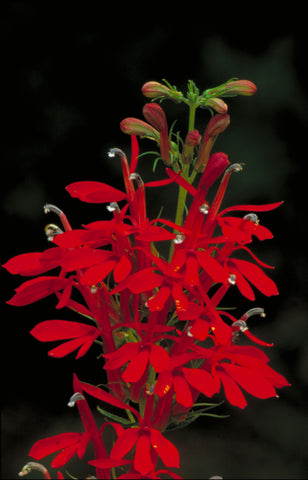 9
9Cardinal flowers are another hummingbird magnet. For Ruby-throated hummingbirds, cardinal flowers are an excellent choice of nectar especially around mid-August to October.
This type of plant can easily adapt and grow well on average, dry soil. It is a short-lived perennial that will self-sow so you can enjoy this for a few years without the need to re-plant.
Its flowers can grow up to 3 feet tall and its evergreen basal leaves can reach up to 1 foot across. Other than hummingbirds, cardinal flowers are pollinator-friendly as well. It can attract bees and butterflies.
=========
There are tons of other plant varieties that hummingbirds find attractive.
Do remember that while flying around the garden, hummingbirds spend so much energy. Thus, they need to eat at least half of their body weight each day to replace those calories that they burn.
So, expect hummingbirds to be eating almost constantly in your garden while visiting thousands of flowers daily.
One great way to give them a comfortable spot to rest is a hummingbird feeder with a built-in red perch or a copper hummingbird swing.
Any time that you can make your backyard area more attractive to what hummingbirds find interesting and appealing, you'll be rewarded!

